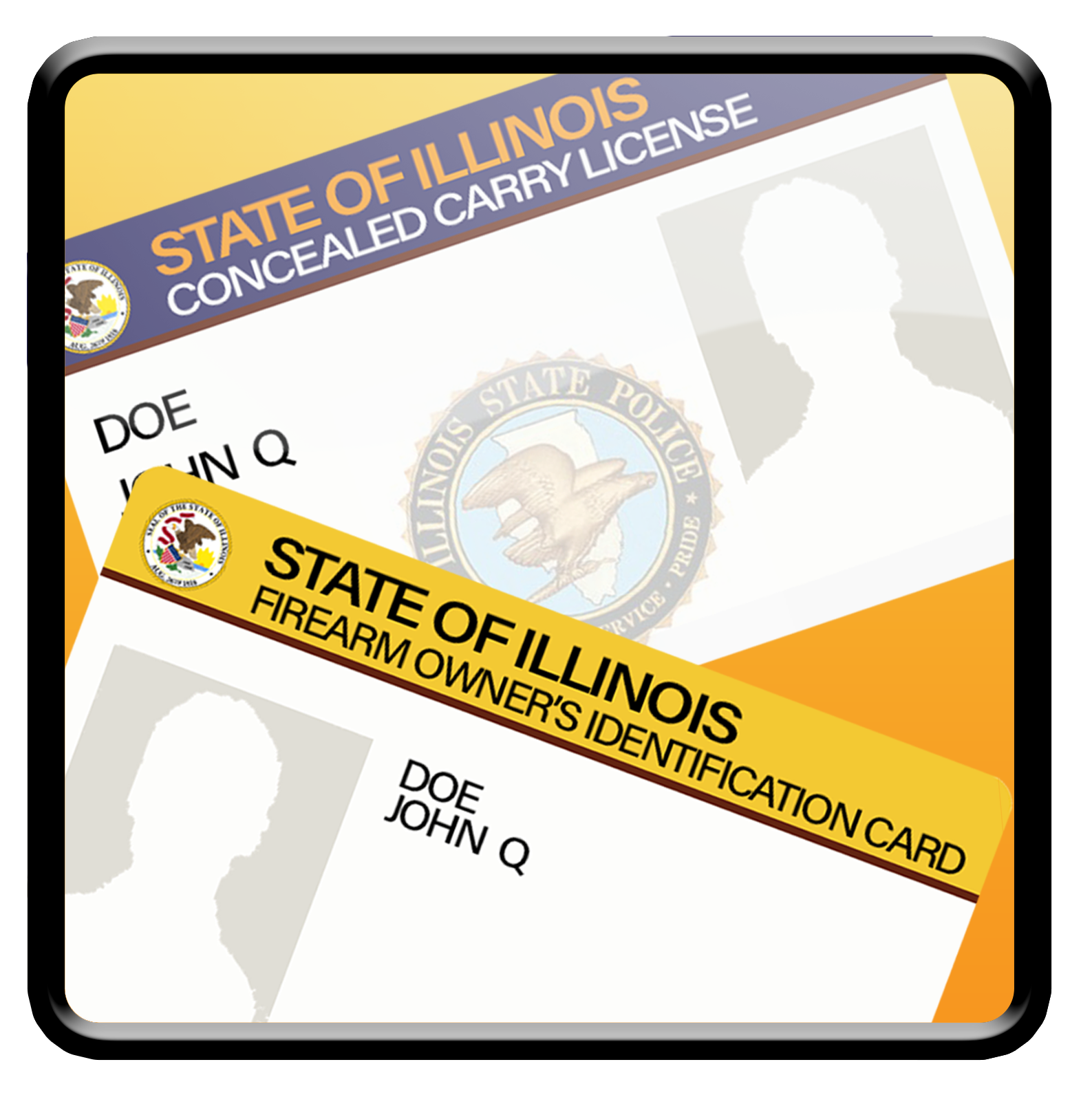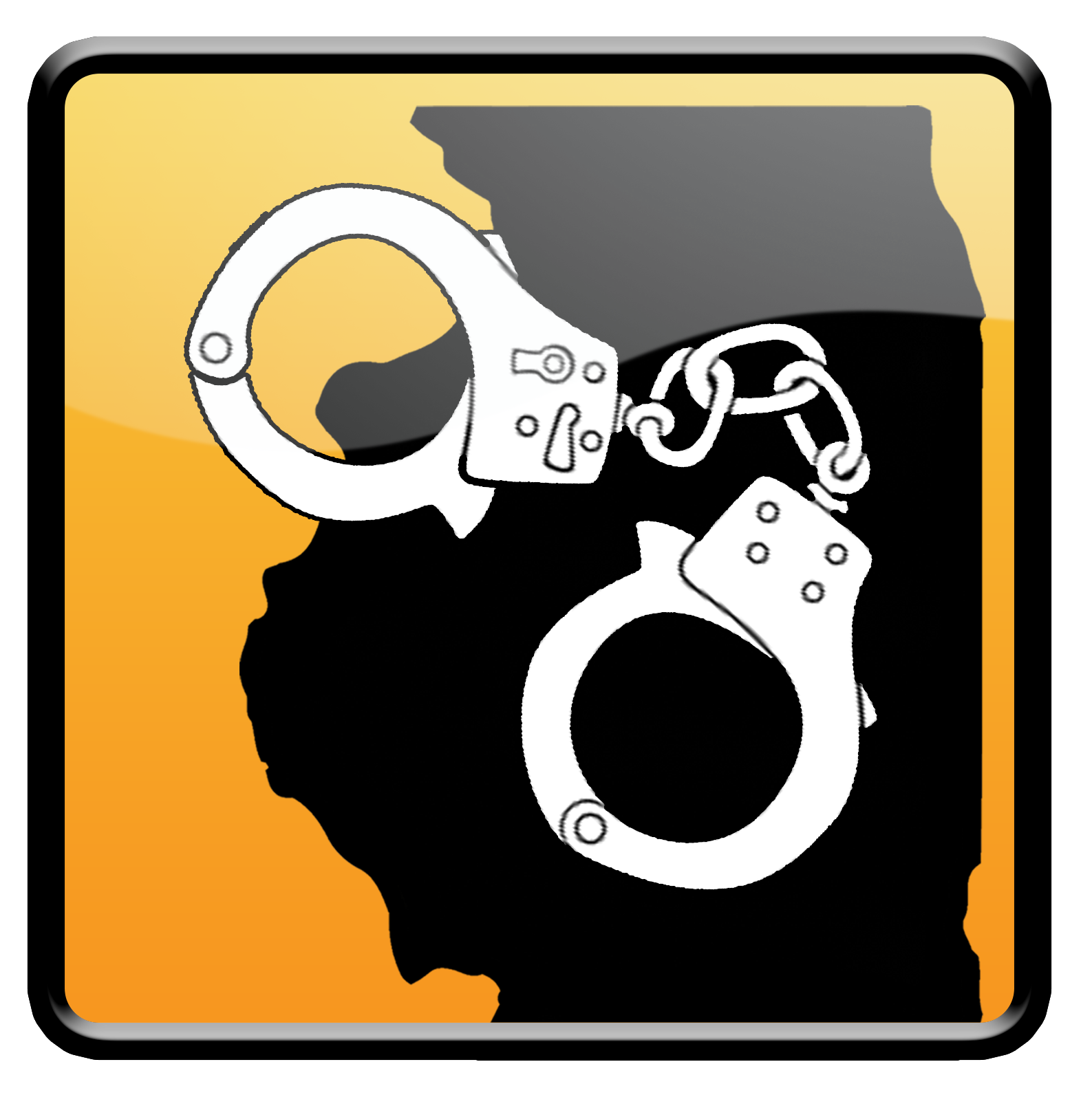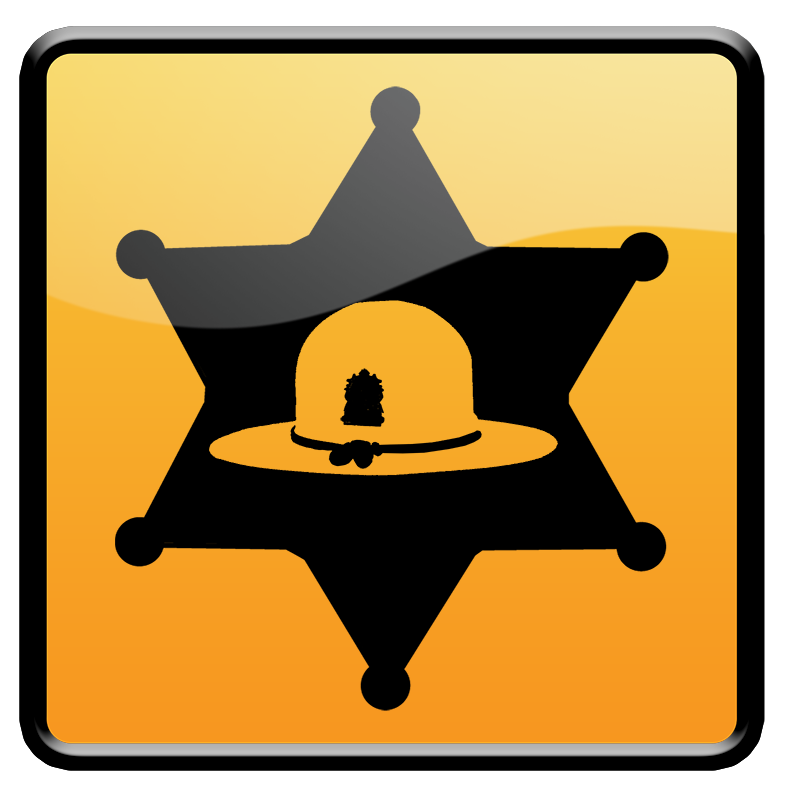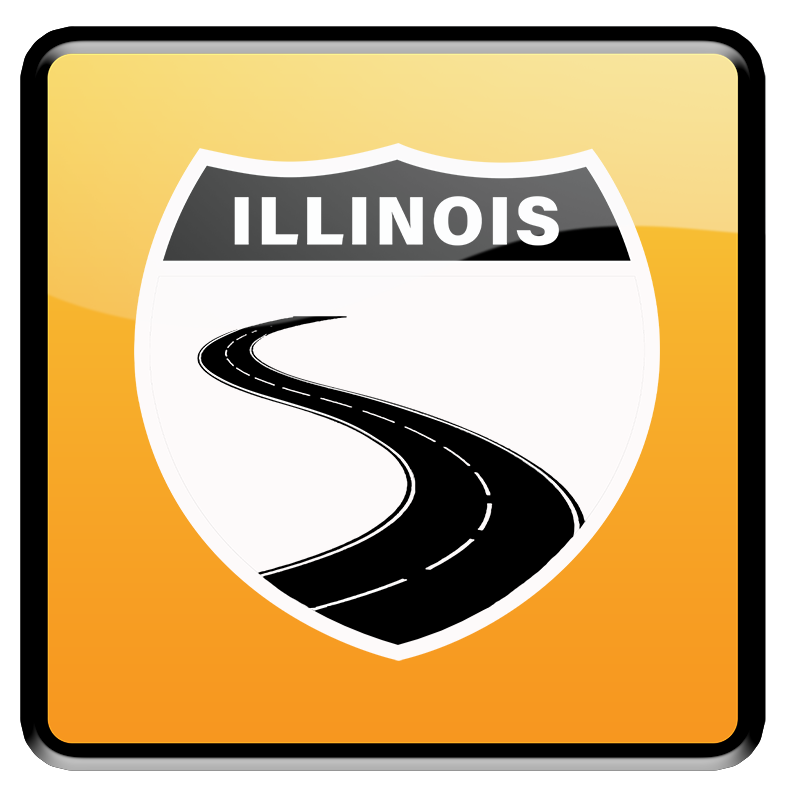Illinois State Police History
Currently known as the Illinois State Police, ISP was founded in 1922 under the name Illinois Highway Maintenance Police. It consisted of Superintendent John H. Stack and eight patrol officers, who required political sponsorship for appointment. At that time, approximately 1,100 miles of paved road existed in Illinois. The focus of the newly formed patrol was to safeguard the citizens of Illinois and protect the new “hard roads” from damage due to overweight vehicles. Portable scales were put into use to check vehicles. Peoria, LaSalle, Kankakee, Danville, and Granite City served as the first “districts.” Officers wore World War I surplus uniforms, belts, caps, and pilot helmets, and rode war surplus motorcycles. When driving at night, officers would light their acetylene headlight. The weight of the portable scales in their side cars helped officers navigate the slick roads during the first winter of patrol. By the end of the first year, there were 20 officers with a maximum of $150.00 per month. By In 1924, 12 districts had been created, which included Sterling, Collinsville, and Effingham. Manpower was up to 82 men. By 1927, there were 140 officers, one chief, 12 sergeants, and six mechanics. Sergeants were assigned to run a district and were given Chrysler 70 coupes for patrol. Trooper Albert J. Hasson was the first officer to die in the line of duty after being struck by a vehicle in 1924. The first officer killed by gunfire in the line of duty occurred on January 8, 1927. Officer Lory Price and his wife were brutally killed as a result of the Birger and Shelton gang wars.
Truck weighing and traffic control remained an emphasis for patrol work, with 4,164 arrests and approximately 65,000 warnings issued for speeding and various offenses. ISP also assisted with numerous county fairs, funeral escorts, and offered public assistance when needed. By the end of 1927, a new accident reporting system was adopted at the recommendation of the National Safety Council to help gather information from accidents.
As of 1929, 194 officers worked for ISP with ever changing with political appointments. State police headquarters also moved from Kankakee to a temporary office in Springfield. By 1930, permanent districts were established, each having their own clerks and operating out of rented buildings. Five of the 13 districts were open 24 hours a day while eight were open 16 hours a day. In 1931, a bill was passed authorizing ISP to operate a radio system, but no funds were appropriated. However, studies were conducted with hopes of funding a police radio system to replace the current system of teletypes. Gas guns and machine guns were stored as a small emergency arsenal in Springfield as gang crime continued throughout the state.
In 1932, ISP moved its main office onto state property for the first time. In 1933, each district began weekly two-hour training sessions covering drill and pistol practice, along with a weekly inspection and instruction session. 1936 saw the first 1000-watt radio communications starting with seven districts – Springfield, DuQuoin, Effingham, Pontiac, Chicago, Macomb, and Sterling. These radio stations allowed a police communication network for interstate or inter-agency long distance messaging using continuous wave transmission with messages in Morse code. It wouldn’t be until 1943 that all police cars were equipped with FM mobile transmitters for car to station communication without static in bad weather.
In 1935, Superintendent Walter Williams was asked to make his department a first-class semi-military organization. Williams hired National Guard officer Captain Howard Bentley, who began traveling the state instructing officers on pistol marksmanship and close-quarter drill. He served as a liaison between ISP and the Illinois National Guard, allowing ISP to use military facilities. Superintendent Williams also began three-day training sessions at Camp Lincoln in Springfield, which led to the first ISP pistol team. In 1935, 11 ISP officers graduated from the inaugural First Aid instructors class conducted by the Illinois Bureau of Mines and Minerals and the American Red Cross. These officers then returned to their districts and began teaching all officers these techniques.
1937 brought about a new command structure with the addition of the ranks of Lieutenant and Captain. Sergeants promoted to the rank of Lieutenant commanded each district, which now operated 24 hours a day. Each Lieutenant had a Sergeant to assist. 350 officers were supported by 40 radiomen and 59 other staff members. In 1938 1,794,556 vehicles were registered in Illinois, compared to 10,960,668 vehicles registered in Illinois in 2019. There were 2,177 traffic fatalities in 1938 compared to 1,031 fatalities in 2018. In 1940, 14,000 miles of Illinois roads were now paved compared to 1,100 miles in 1922 when ISP was established.
In 1941, the ISP became known as the Illinois Department of Public Safety. Also that year, the Illinois State Police Academy held its first class using the Emmerson building at the State Fairgrounds in Springfield. The academy class was 3 weeks long (compare to the current 26-week class). Central headquarters was also moved to 1100 South 5th Street in Springfield and the first State Police Crime Lab was started there and was very well equipped. Planning for a mobile crime lab was underway.
Following World War II, legislative changes allowed ISP manpower to increase to 500. This allowed ISP to hire returning war veterans who were honorably discharged. Approximately 150 veterans were added to the ISP force as a result of this legislative change. Uniforms also took on a new look after the 23-year run of the World War I Calvary-style uniform. Motorcycles were on the decline and were abandoned by ISP in 1948.
A merit system, known as the Illinois State Police Merit Board, was created in 1949. This board certified initial appointments, and, those qualified for the next higher rank. This was a major change as new officers no longer needed to be appointed by a politician.
The department name, along with uniforms, would undergo another change in 1954. The ISP would now be called the Illinois State Highway Police Department of Public Safety. The uniform change included the most distinctive being the adoption of the Stetson hat with a Montana peak. In 1957, legislation allowed for 1,100 full time officers and an additional 100 officers on contract to the Illinois Toll Highway Authority. Approximately 600 new officers were trained between July 1957 and July 1958.
ISP added airplanes to its fleet in 1959 with the purchase of three single engine airplanes used by six pilots. Also, in 1959, ISP hired a Federal Bureau of Investigation agent to create and lead the Bureau of Special Investigation, which was reorganized in 1962 and called the Crime Section. Today this is known as the Division of Criminal Investigation. K9 units were introduced in 1963 and sentry dogs were trained to aid ISP Troopers. The K-9 training lasted 6-8 weeks and aided in many apprehensions. Currently, over 60 K-9 teams serve in the ISP with initial training lasting 10 weeks.
Prior to 1967, officers purchased their own sidearm of choice and were directed by policy to carry either their service weapons or a secondary weapon around the clock. ISP converted to a new duty weapon as the aging Smith & Wesson Model 5904 was being phased out by the manufacturer and repair costs of the old guns were becoming too costly.
In 1970, ISP’s name was changed to Illinois State Police Department of Law Enforcement. By 1972, the numbers within the ranks of ISP grew to 1,709 sworn officers and 602 support staff covering every county in Illinois. The Department was organized into five divisions in 1977: Division of Illinois State Police, Division of Investigation, Division of Support Services, Division of Administration, and Division of Internal Investigation. In 1986, ISP received accreditation by the Commission on Accreditation of Law Enforcement Agencies for the first time. The Pipes and Drums of the Illinois State Police was formed in 1987, the first unit in the nation, and plays at parades, graduations, promotions, funerals, and other police ceremonies.
In 1985, the name Department of State Police was adopted. In 1988, ISP underwent its final name change to become known as the Illinois State Police.
Two of the biggest changes occurred in 1999 involving ISP signature components: duty weapon and star. Officers began carrying the Glock Model 22 and their star displayed the officer’s identification number. There was a lengthy selection process involving a review of 23 weapons submitted by four manufacturers following a formal bid process. The guns were tested by a randomly selected group of officers based upon diversity, shooting skills, and shooting hand. Once the Glock was selected, all officers in the agency participated in 32 hours of transition training. The in-service training was rolled out over the course of a year. Today, every ISP officer carries the Glock.
Also, in 1999, the 91st General Assembly chose to take a closer look at services and credentials of those state agencies with peace officers. To address the issue of confusion relating to these agencies, all badges needed to be clearly marked on the front with the name of the agency and an identifying number. The ISP star already had the name on the front, but the officer’s identification number was added to the design and issued to all ISP sworn officers in 2001.
10-43 Retiree Edition 5/30/25























